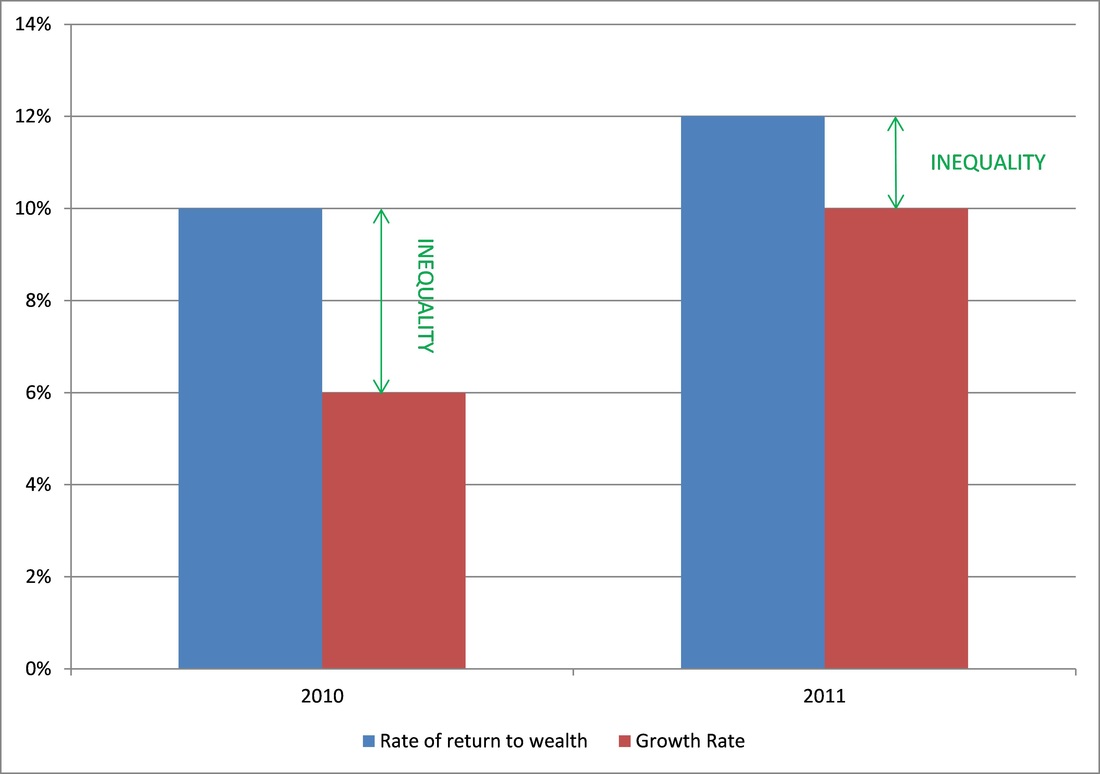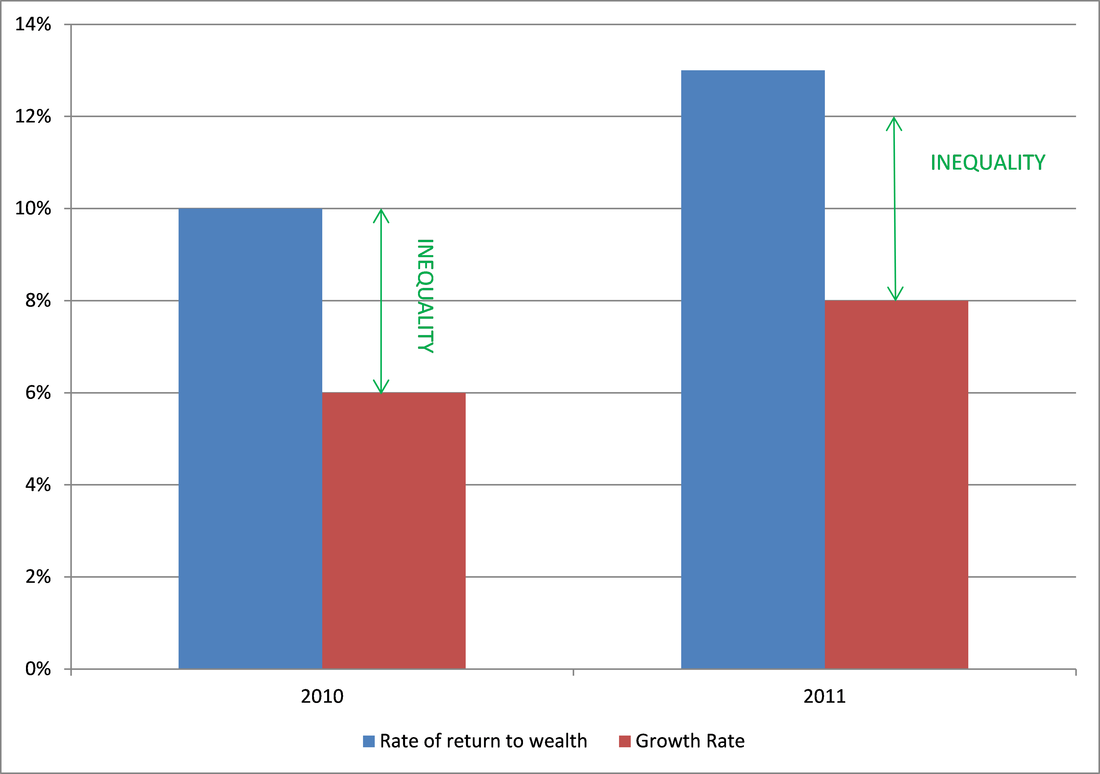Click here to read the original article.
This article discusses the reason for a sluggish productivity growth. The OECD attributes this to a lack of “diffusion” – or spreading of innovation – to less innovative firms, thereby blocking productivity growth. Its suggested remedy is to intensify global competition in order to cut out the slow and old firms.
While some argue that the slow productivity may be attributed to the slowing pace of innovation in general, the OECD shows that top competitors of each sector are innovating now more than ever. Thus, the OECD research concludes that the petering of productivity could be a product of the distribution of innovation slowing down.
The reason why this distribution is not happening as quickly as before is due to the fact that “creative destruction” has lost its edge. This may be caused by increased government regulation, which traps workers in jobs for which they are overqualified. In turn, these unproductive firms tend to drag down aggregate productivity by absorbing valuable resources. This, in turn, reduces the growth of more innovative firms. Prime examples of this are Italy and Spain.
Key Terms:
1. Creative destruction is a famous concept by Austrian economist Joseph Schumpeter. The general idea is that creative destruction happens when something new destroys something old, like when the print media was destroyed by online news.
2. A zombie firm is a firm that needs constant support from the government (in the form of bailouts, etc.) to stay afloat. Without the help of the government, this firm would collapse. Japan had a number of zombie firms in its economy before its economic bubble burst and it slipped into depression. Although the number of zombie firms has drastically reduced since then, it still has an unusually high number of such firms.
Context:
1. This article states that one reason why slowing productivity growth is happening is because of “a slowing in the pace of productivity enhancing innovation”. Tyler Cowen, who is mentioned in an earlier blog post, discusses this idea in his book “The Great Stagnation”, saying that the ‘low hanging fruit’ of technological innovation (i.e. the obvious and easy to reach ones) have all been plucked, and innovating new technology will be much harder from now on.
2. The OECD research on the innovation of top firms in each sector begs the question: how do we measure productivity? My guess is that they measure the value of output divided by the number of workers.
3. The OECD claims that the “breakdown of the diffusion machine” has slowed productivity growth, but I would like to raise the question of whether or not there was a diffusion machine earlier that was working properly.


 RSS Feed
RSS Feed
